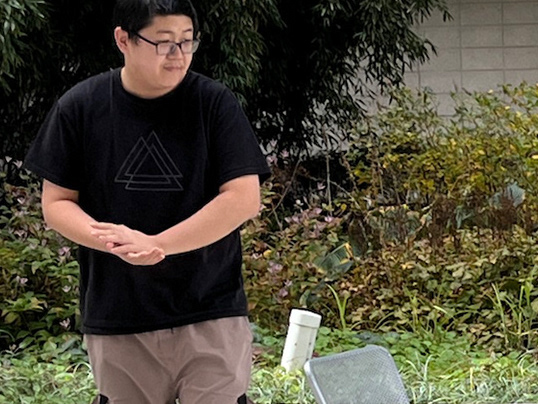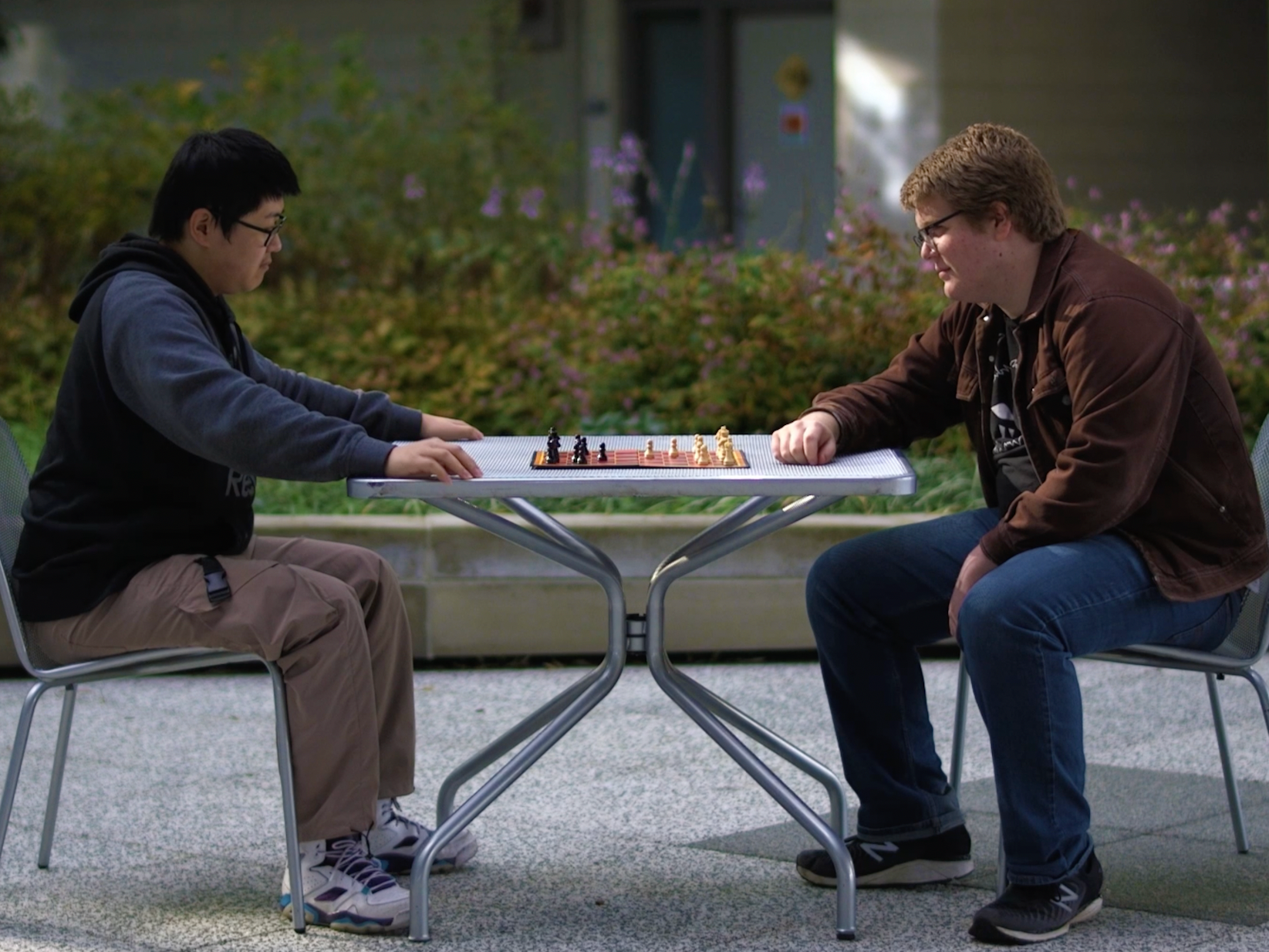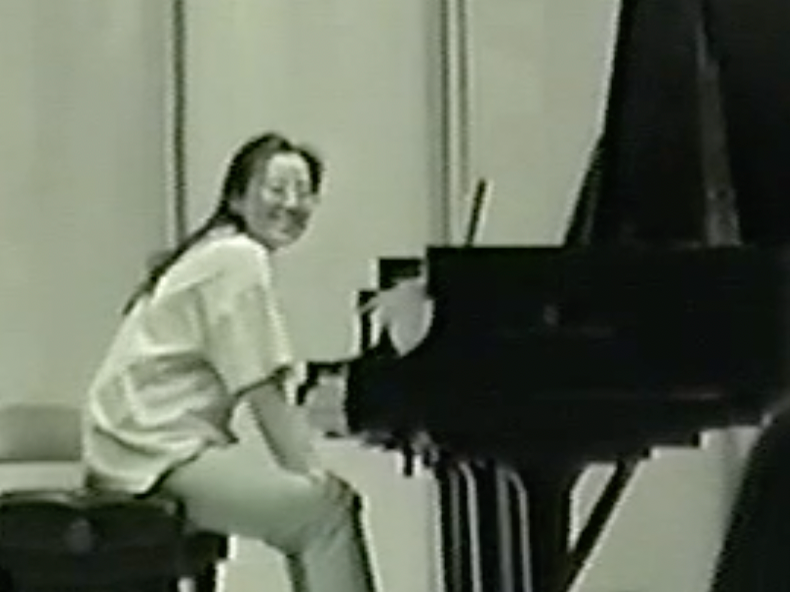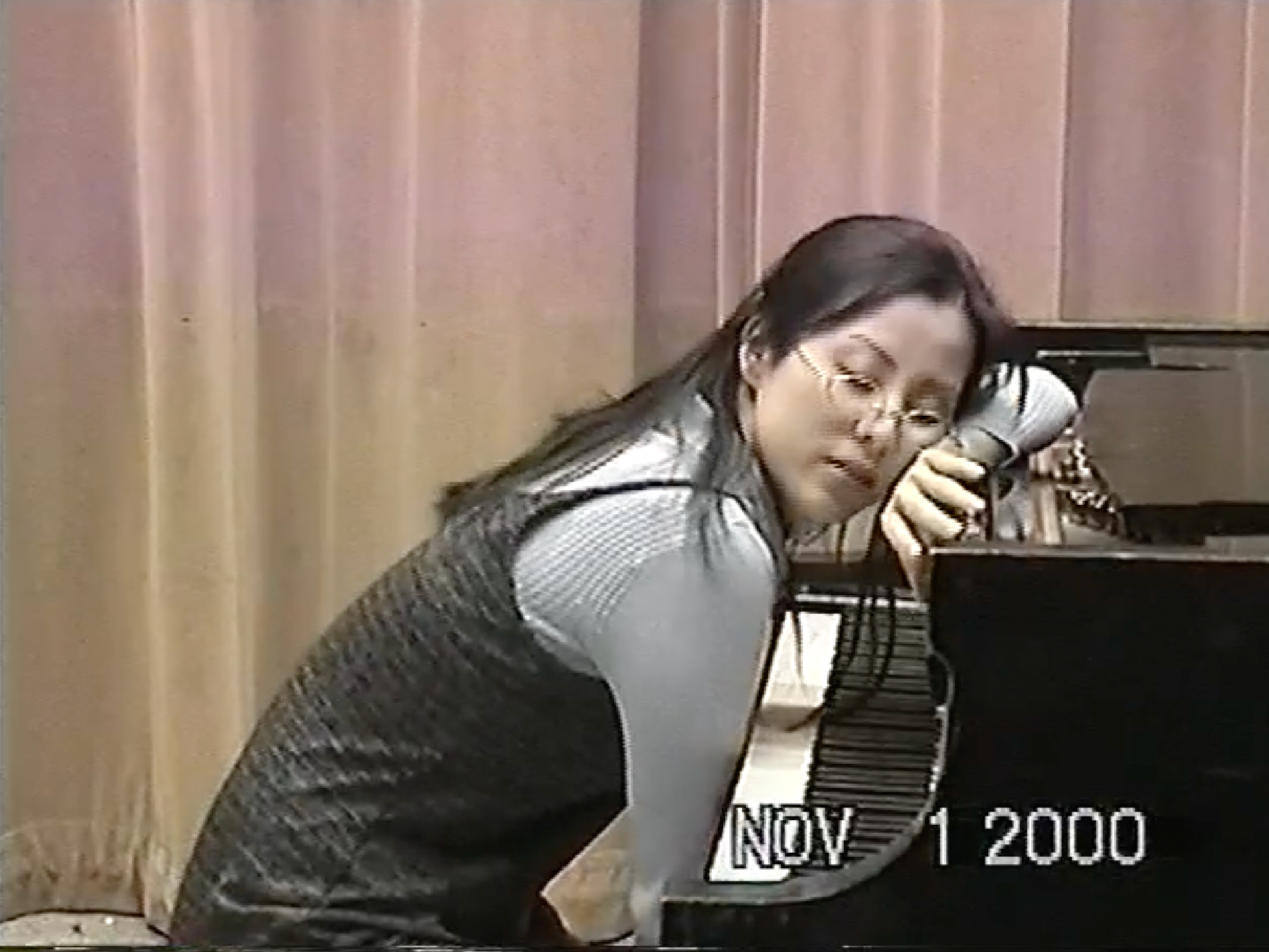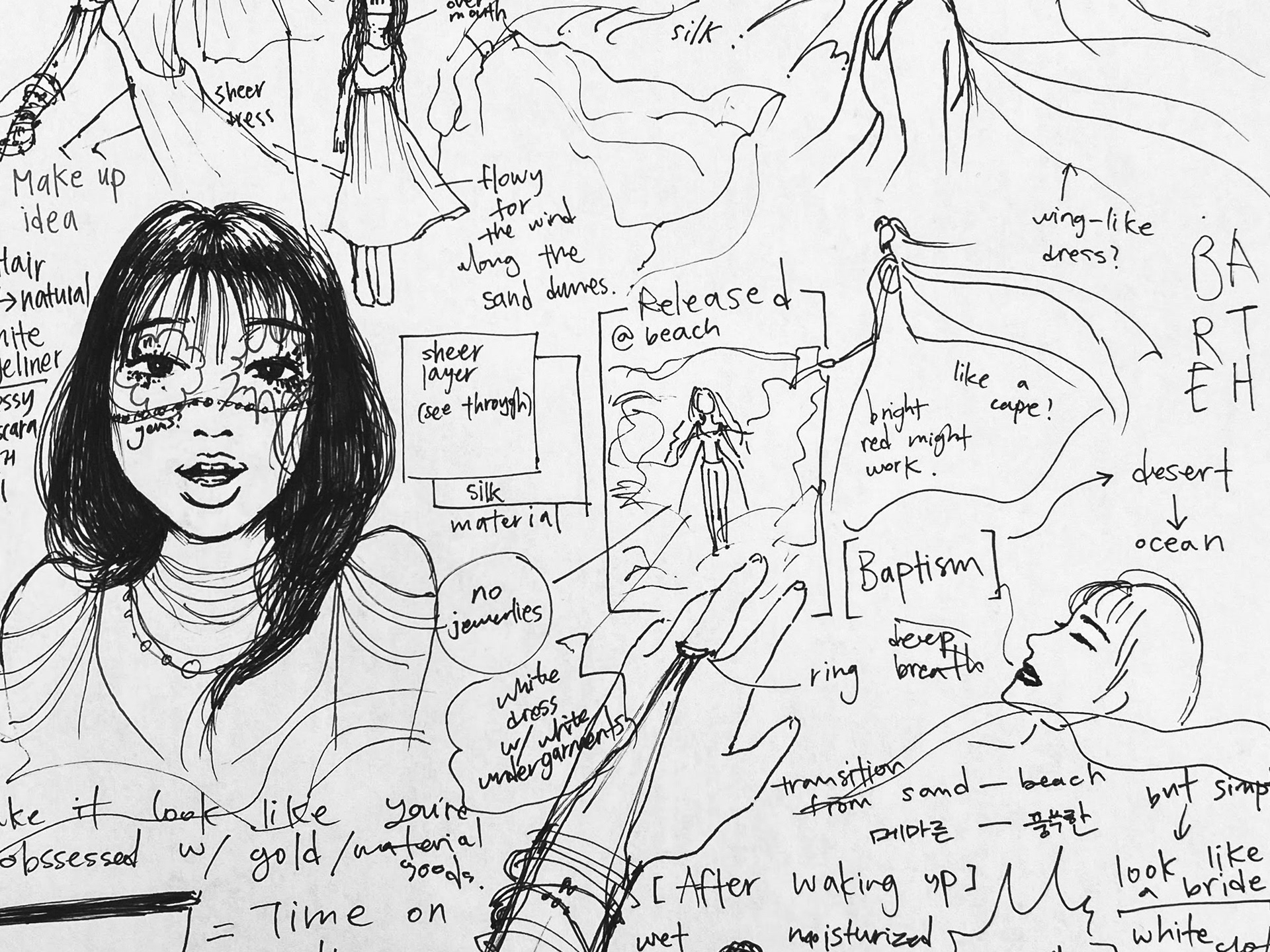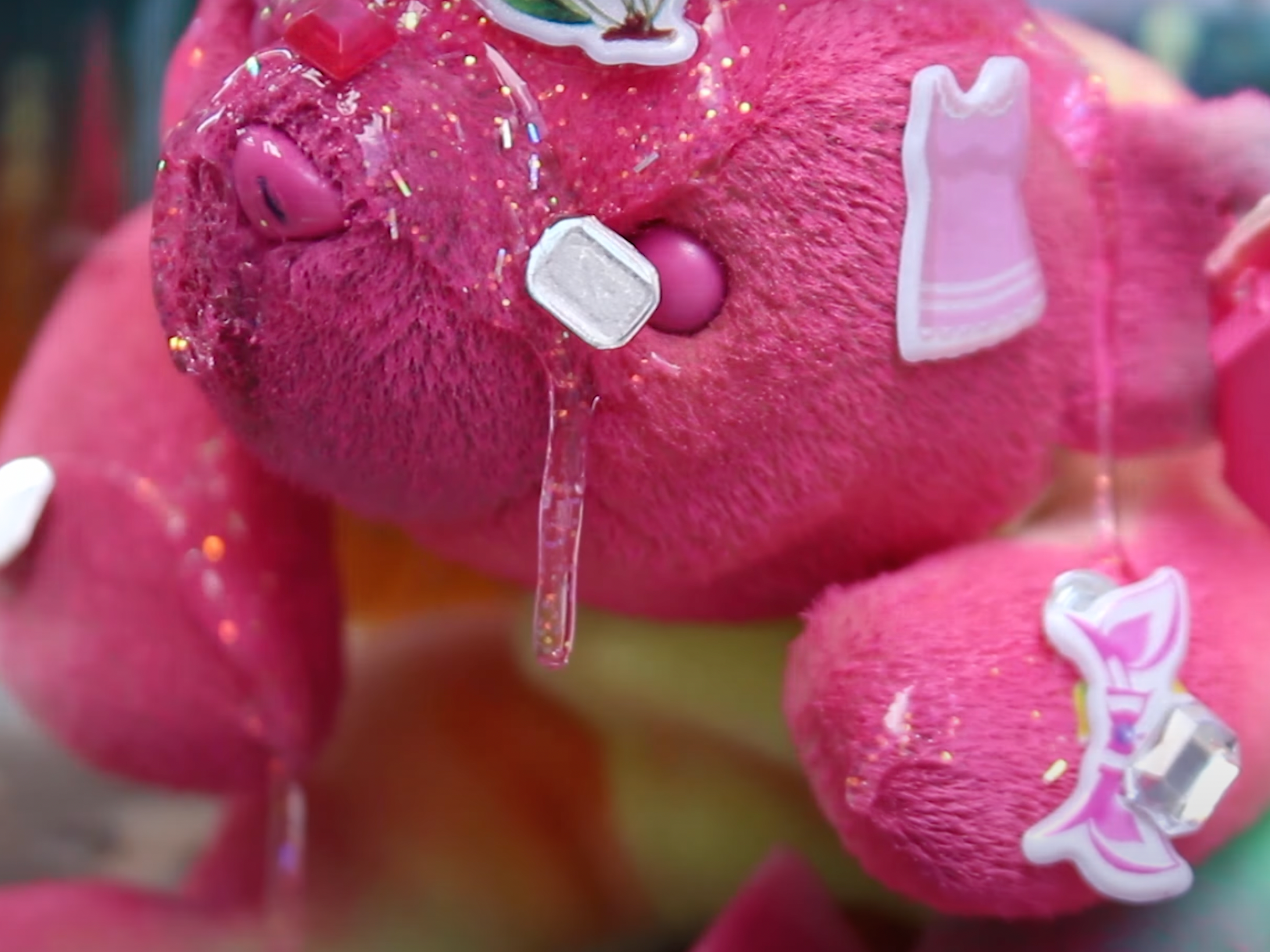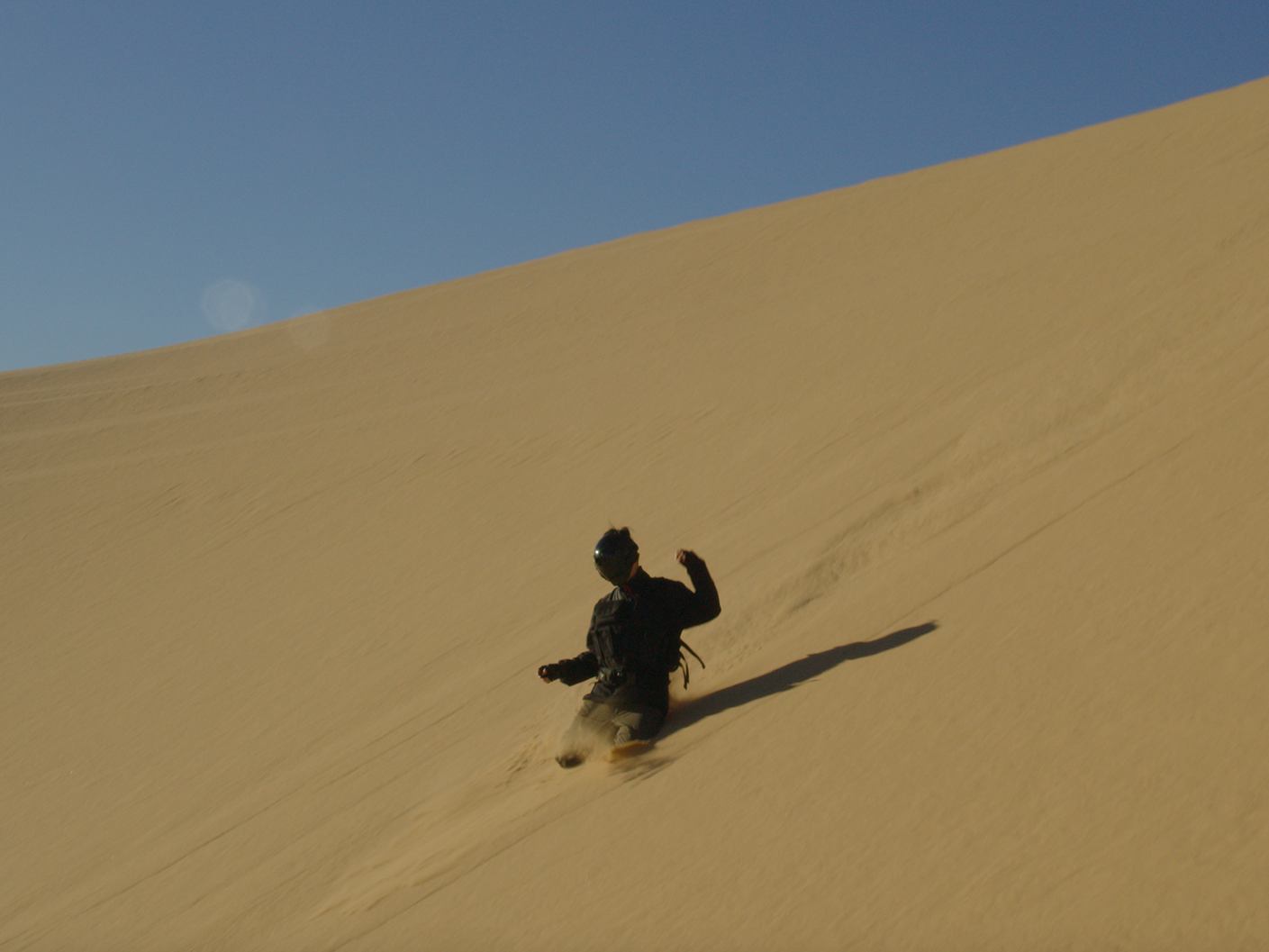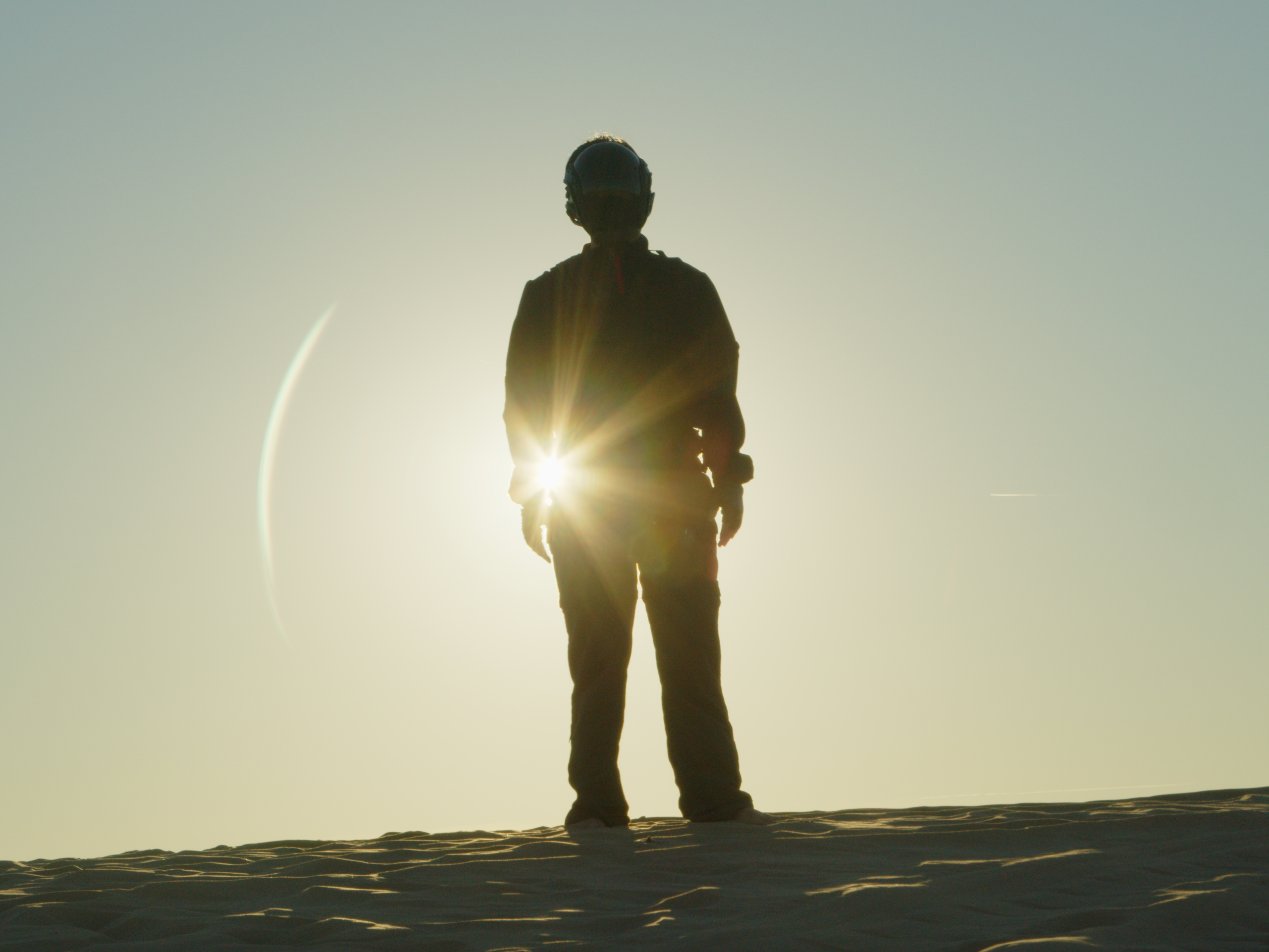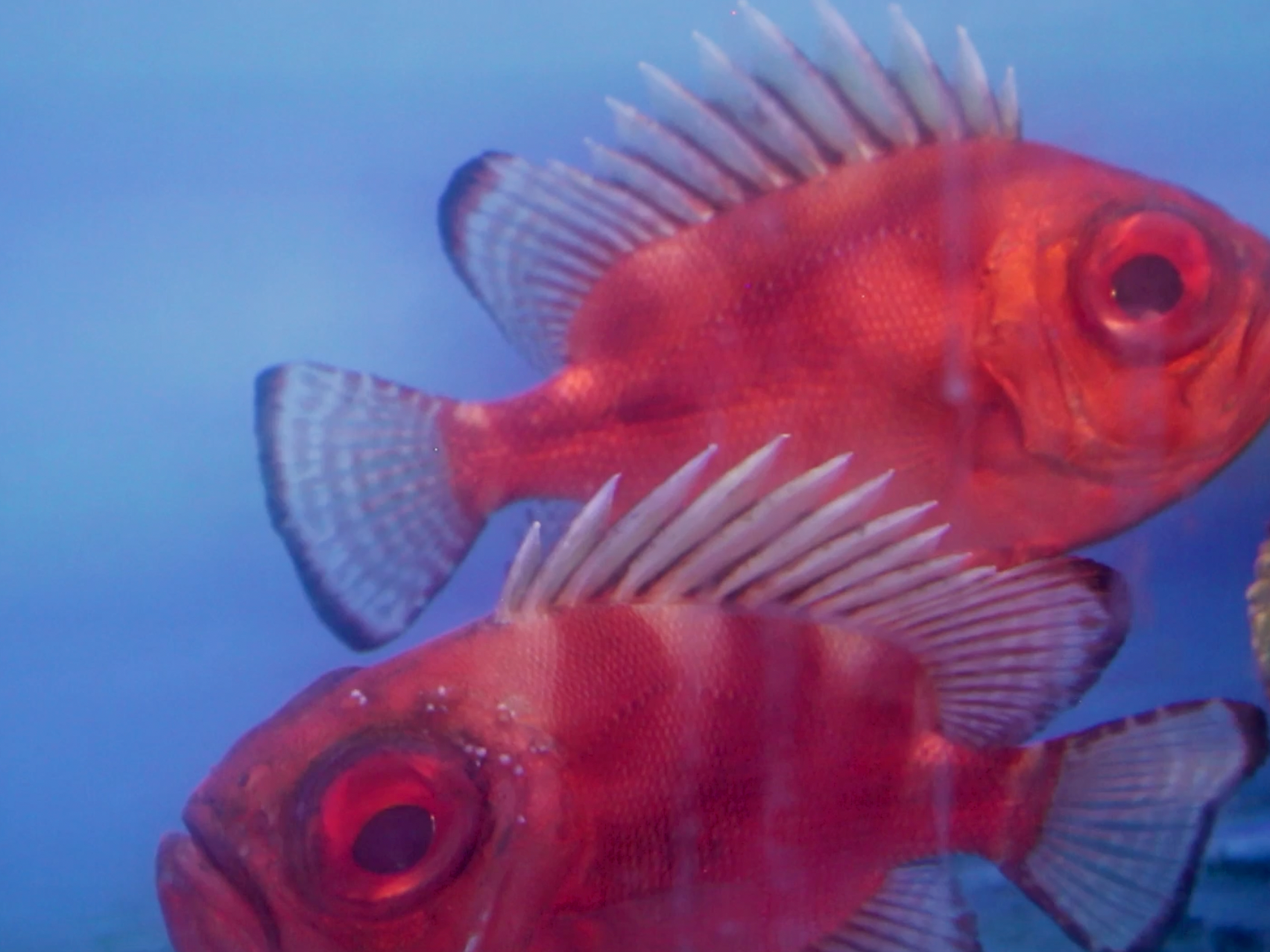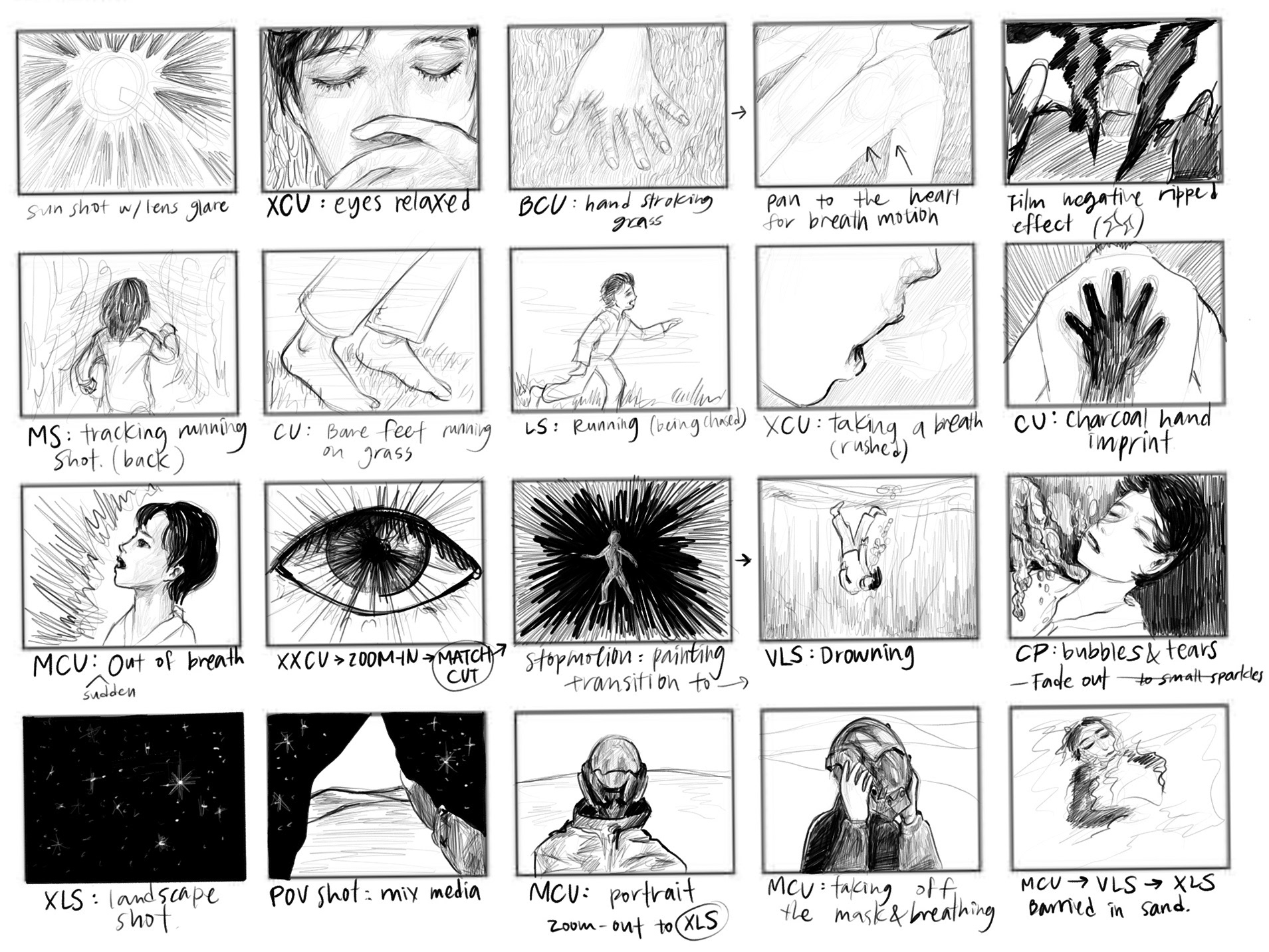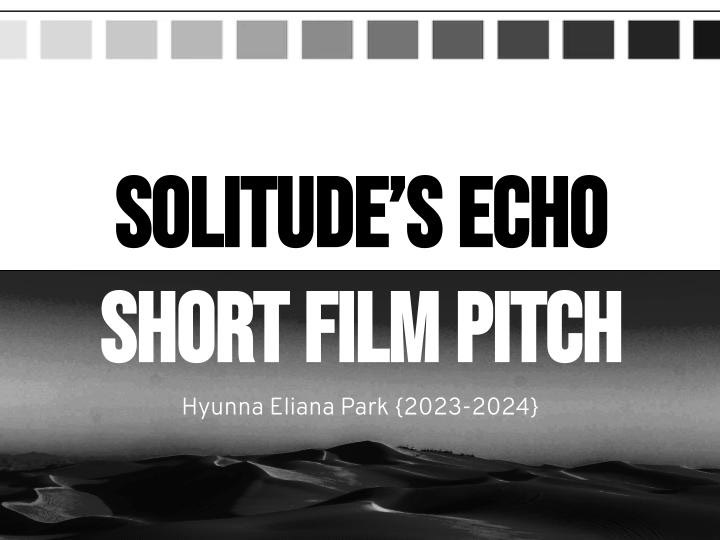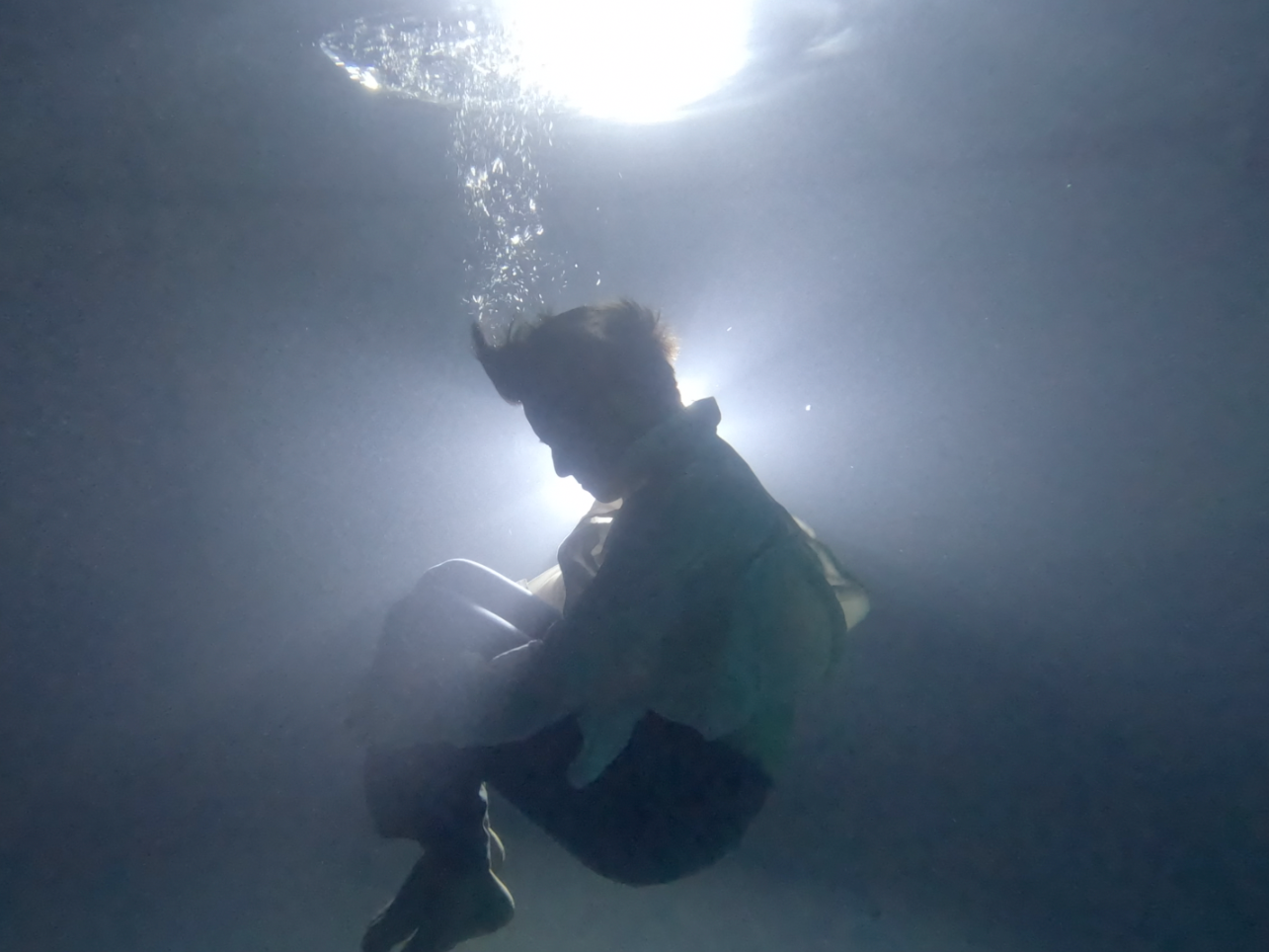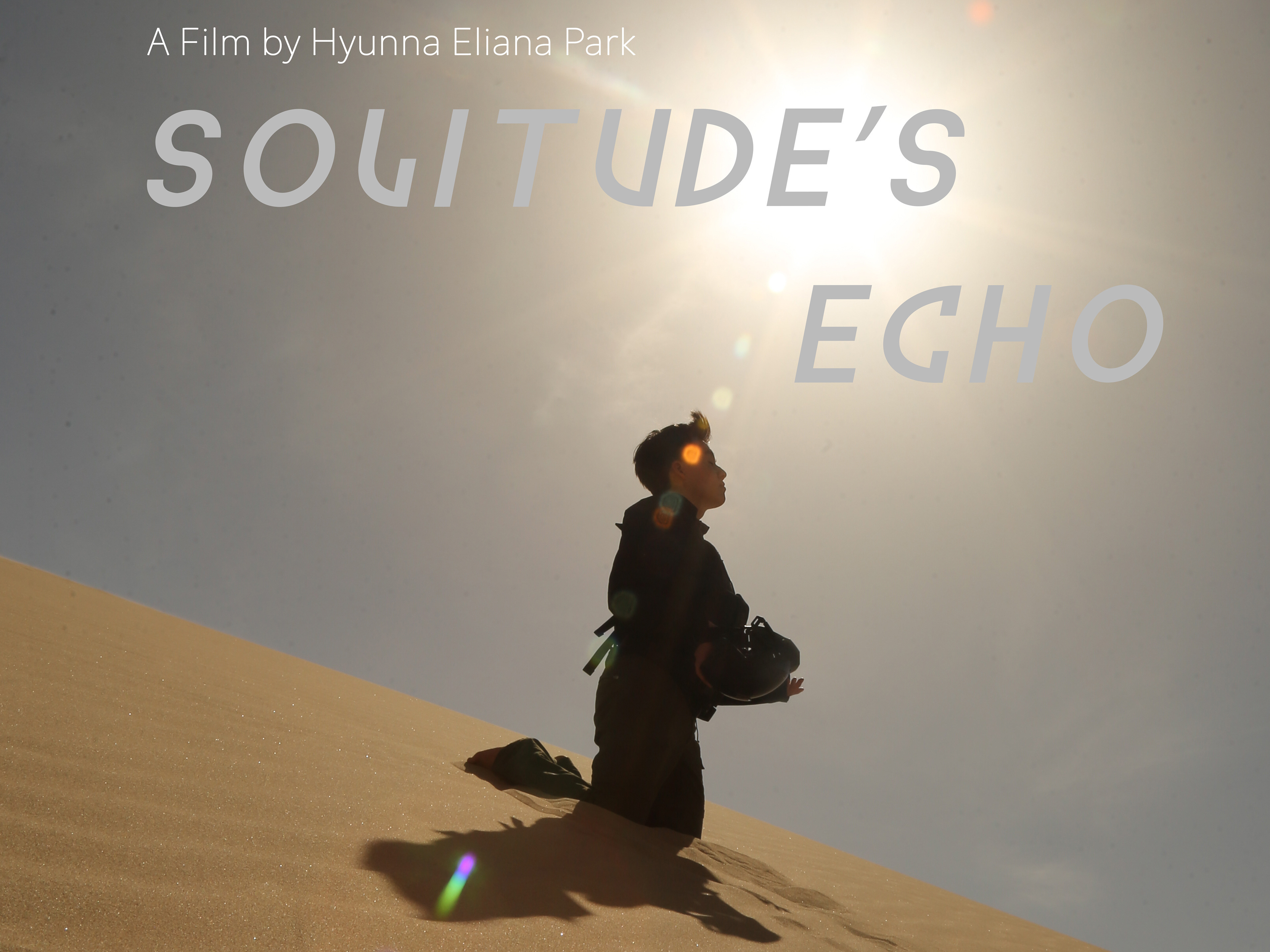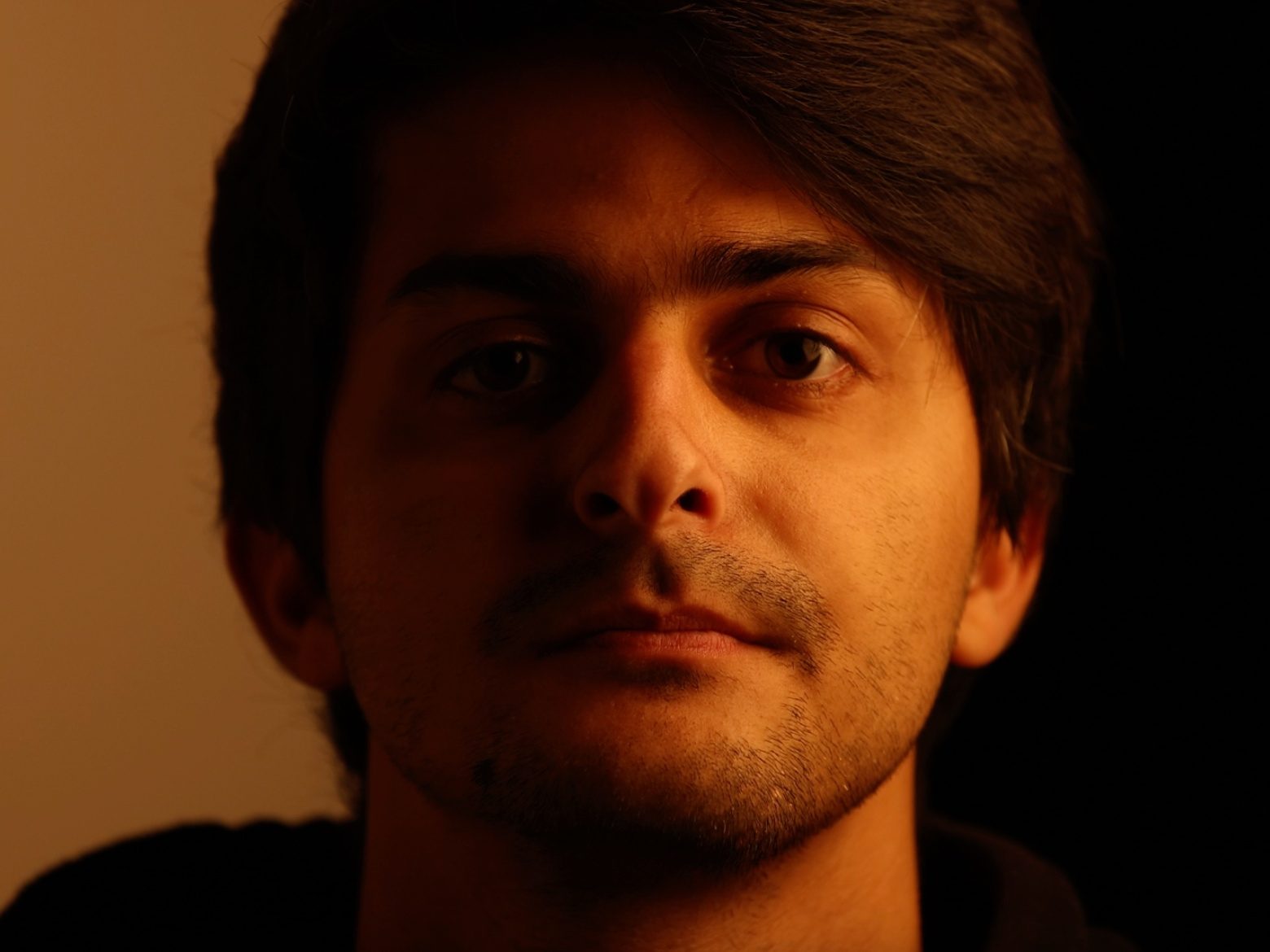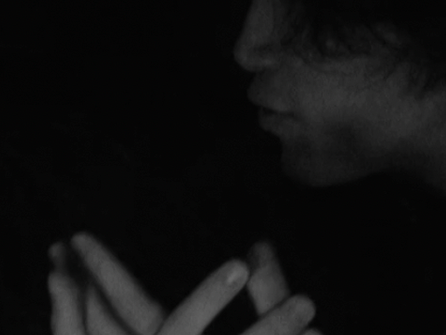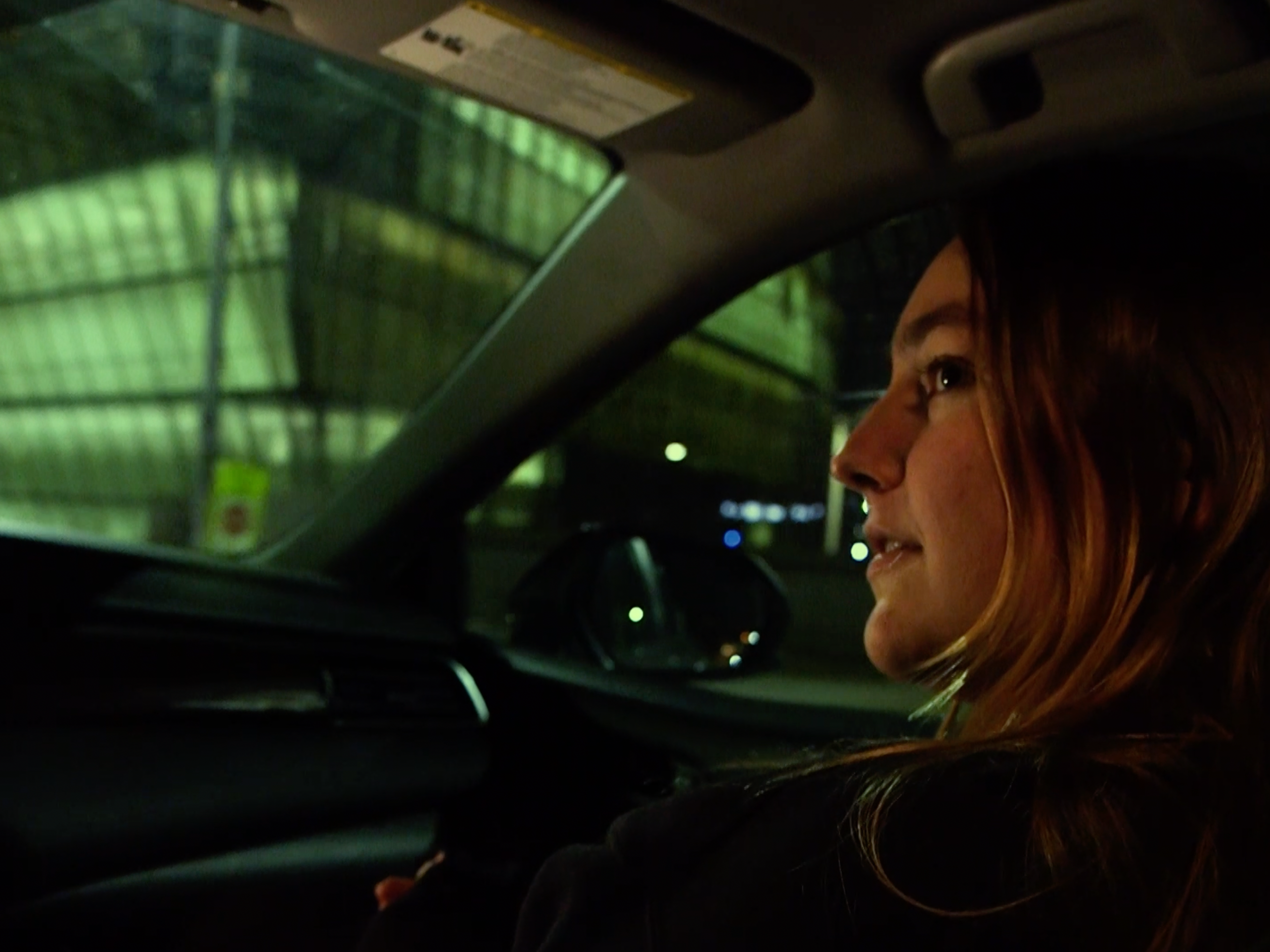Cinematic Brilliance in Decision to Leave (2022)
As a visual medium, it is a film’s responsibility to show rather than tell; a film is multimodal; it is an immersive sensory experience. Without cinematography, there is no visual catharsis, no narrative, no symbolic power– only a series of moving images. Decision to Leave (2022) foregrounds the power of film as a medium, as cinematography is pivotal in elevating the themes of love and murder. The cinematographer of Decision to Leave, Jiyoung Kim, masterfully employs composition, color, light, and movement to weave a compelling narrative, elevating the viewing experience.
Decision to Leave’s cinematic composition carefully follows two stories at once: the detective story, in which Hae Jin, the film’s main protagonist, is working to solve a possible murder case; and the romantic story, in which Hae Jin and the female protagonist, Seo Rae are falling in love. Immediately after Seo Rae’s DNA is found under her dead husband’s fingernails, Hae Jin brings her in for interrogation.
Decision to Leave. Directed by Park Chan Wook, Moho Film, 2022.
A close analysis of a still shot from this scene reveals cinematic choices that highlight the characters’ emotional states. The cinematographer chooses a medium shot, facing back toward a one-sided mirror on the far wall of the room. This allows us to see both sides of each character’s face in profile: the near side directly, and the far side in the mirror’s reflection. The camera angle is carefully chosen so that these profiles are staggered in the audience’s view: moving from left to right, we see Seo Rae’s left, then her right, then Hae Jin’s right, and finally his left. The lighting of the shot frames Seo Rae’s reflected profile– revealing a downcast face– and illuminates Hae Jin’s reflected profile– revealing an expression of concern. The scene is dimly lit throughout, but Hae Jin’s and Seo Rae’s facial expressions only heighten the emotional tension between them. In addition, Hae Jin realizes that he is beginning to have feelings for Seo Rae. This is also indicated through how the two individuals are visually composed: In the foreground, the two are distant, with no visible expression from Seo Rae, while Hae Jin appears inquisitive and probing. However, in the mirror's reflection, the two figures seem much closer, both physically and emotionally. Seo Rae is also slightly larger, as the shot is taken from her side of the room, signifying her superiority in the relationship's power dynamic during this particular moment. Again, this careful composition encourages the audience to delve deeper into the characters’ psychologies and interpersonal dynamics.
Color and light are also essential tools in conveying the mysterious mood and the two main themes of the film. Several scenes in Decision to Leave use color –specifically teal and yellow– to physically divide spaces and represent certain emotional moods. Throughout the film, teal is symbolically linked to Hae Jin’s confusion or befuddlement.
Decision to Leave. Directed by Park Chan Wook, Moho Film, 2022.
In this pivotal cinematic sequence, we observe Hae Jin's entrance into a vibrant teal-hued environment. He exudes a palpable aura of self-assuredness. However, this self-assurance is abruptly disrupted by the sudden, unexpected movement of an opposing force, generating a dynamic tension that captivates the viewer. The cinematography in this scene masterfully utilizes the interplay of warm and cool color tones within the same frame to craft a visually captivating and harmonious composition– a yin and yang of light and color. The introduction of a golden-yellow hue, representing the warm tonal aspect, beautifully contrasts with the alluring teal, which embodies the cool tone. This deliberate juxtaposition creates a striking visual dichotomy, where each element stands out independently, yet their coexistence maintains an exquisite equilibrium. Crucially, the absence of traditional fill lighting and the incorporation of two dominant overhead fluorescent color backlights establish a low-exposure environment. This deliberate choice enhances the atmospheric mood of the scene, enveloping Hae Jin in an enigmatic and shadowy ambiance, intensifying the sense of uncertainty and intrigue. The harmonious union of these artistic elements, from color temperature interplay to carefully managed lighting dynamics, results in a visually compelling tableau that underscores the narrative's emotional depth and complexity.
The use of tracking shots in Decision to Leave also conveys the intricate emotional landscape of the film’s characters. In a pivotal scene where Hae Jin is on his way to confront Seo Rae following a harrowing inspection of a murder scene, the cinematographer employs a wide-angle lens set at 20mm. This choice of focal length serves to amplify the expressiveness of our central character, capturing his emotions in vivid detail while his immediate surroundings recedes into a captivating blur.
Decision to Leave. Directed by Park Chan Wook, Moho Film, 2022.
What sets this scene apart is the deliberate departure from the convention of seamless tracking shots. The camera's movement is deliberately shaky and unsettled, mirroring Hae Jin’s tumultuous inner world conveying the character's escalating anxiety and internal conflict. As the camera tracks alongside Hae Jin, it unveils subtle facial details that might otherwise remain hidden from the audience. This technique amplifies the suspense of the unfolding situation, drawing viewers deeper into the character's psyche and the scene’s mounting tension. Furthermore, maintaining the unsteady tracking shot as Hae Jin navigates the uneven terrain creates a tangible spatial relationship between the character and his surroundings. It not only exposes Hae Jin's internal struggle beneath his seemingly composed exterior but also effectively mirrors his emotional state through the artful manipulation of camera movement, emphasizing the tension and spatial dynamics of the narrative.
In Decision to Leave, the cinematographer does not merely capture the action; they become a storyteller in their own right. It is a testament to the power of cinematography in shaping a cinematic experience, and Decision to Leave is a prime example of how this art form can elevate a story to new heights. As viewers, we are passive observers and active participants in the characters' emotional journey, thanks to the skillful hands behind the camera.
